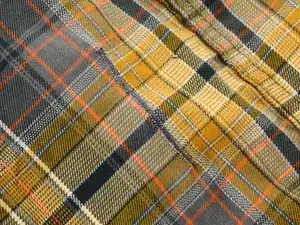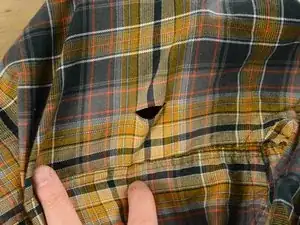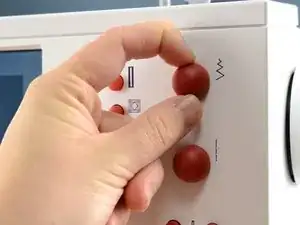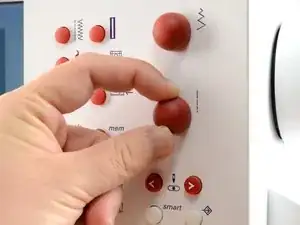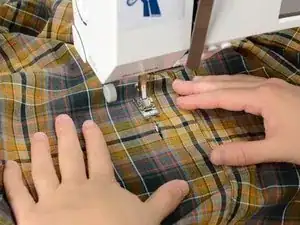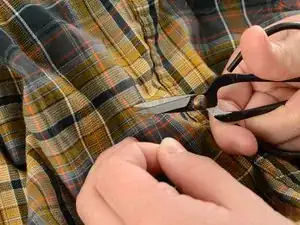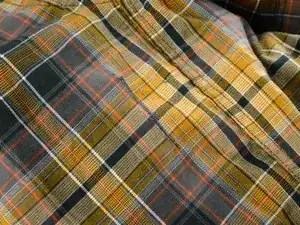Introduction
This guide will walk you through the steps necessary to repair a rip or tear in your Patagonia shirt using a satin stitch—a tightly-spaced stitch that’s very wide. This guide should be used for rips and tears that aren’t on a seam. If you have a tear in the seam, see the Repairing a Torn Seam guide. This satin-stitching guide should only be used on holes that are narrow enough not to require additional fabric to patch. New to sewing? Check out our sewing glossary.
For replacement parts or further assistance, contact Patagonia Customer Service.
Tools
-
-
Examine the tear and the surrounding fabric.
-
Clip any loose threads to keep them from getting caught in the new stitching.
-
Select a coordinating color of thread and thread the sewing machine.
-
-
-
Align the fabric in the sewing machine about half an inch before the rip or tear.
-
Lower the pressor foot and begin sewing, guiding the machine over the tear.
-
-
-
Sew about half an inch past the end of the slit.
-
Lift the presser foot and clip the threads to free the garment.
-
3 comments
Pretty useful !
it repaired hannedil
Now we can save a beloved, very old Patagonia shirt
